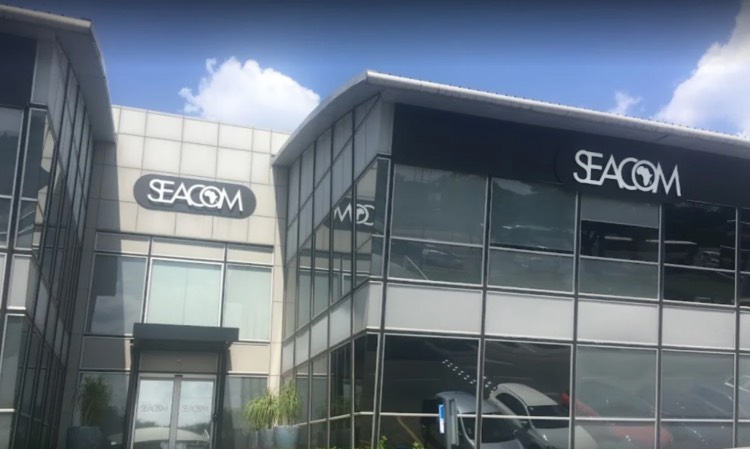Pan-African telecommunications provider SEACOM continues to expand across Africa with Acumatica Cloud ERP
Postado por Editorial em 17/03/2025 em MARKET & INDUSTRYSaved accounting team 15 to 20 percent of their time every month, automating previously manual workflows

Pan-African Telecommunications Provider SEACOM Continues to Expand Across Africa with Acumatica Cloud ERP. Portal ERP South Africa.
SEACOM laid Africa’s first broadband submarine cable system along the continent’s eastern coast, providing the African countries of Djibouti, Kenya, Tanzania, Mozambique, and South Africa with high-speed Internet connectivity to Europe and Asia in 2009.
Over the past 12 years, SEACOM completed six acquisitions with a new one in the pipeline, expanding into several countries and becoming the number one IP network service provider in South Africa and the largest provider in Africa. SEACOM also represents the largest Pan-African Network Service Provider, using its submarine and terrestrial networks to serve wholesale and enterprise markets.
SEACOM implemented a basic accounting platform when it opened its doors 13 years ago, says Warren Wilbraham, Head of Finance Planning and Excellence. At the time, the company served only a limited number of wholesale customers and worked with substantial transactions, so it didn’t need to issue many invoices. “Our accounting was basic from a systems point of view but complex from a reporting aspect,” he explains. “We had multiple jurisdictions, currencies, and entities.”
As SEACOM launched into the Enterprise market across multiple countries, providing a wide range of ICT solutions, transaction volumes increased significantly, which resulted in experiencing billing problems as its recognition and procurement process evolved. “We started realising we needed something different and better,” Wilbraham says.
SEACOM’s legacy accounting system couldn’t support multiple currencies or handle the consolidations SEACOM needed. Therefore, SEACOM built an in-house application to address some of the billing issues. Despite exhaustive efforts, SEACOM couldn’t get its legacy implementation to handle the hierarchy needed to manage purchase order approvals effectively. The workflow approval process also proved very rudimentary, which forced the company to create manual workarounds.
“The delegation of authority was not always enforced,” Wilbraham says. “Getting orders issued meant people would run around with pieces of paper, getting others to sign things. Then the order had to be entered into the system. That process did not work well.”
“As we went to a higher volume of transactions, we needed closer control over our supplier billing process,” he adds.
It became apparent that SEACOM needed a much more robust, cloud-based platform. “Having something cloud-based was very important since we sell cloud services and connectivity. So, it was important for us to walk the talk and have a cloud-based ERP,” Wilbraham says.




